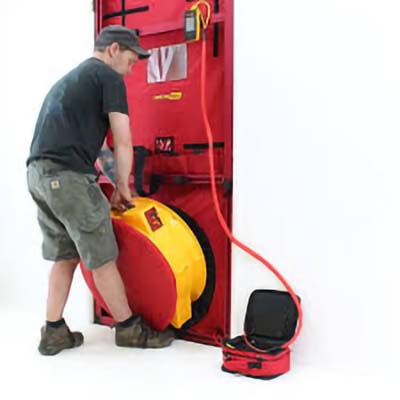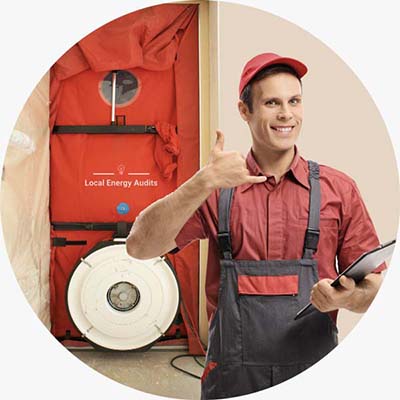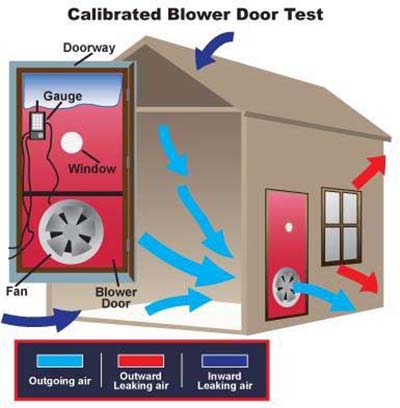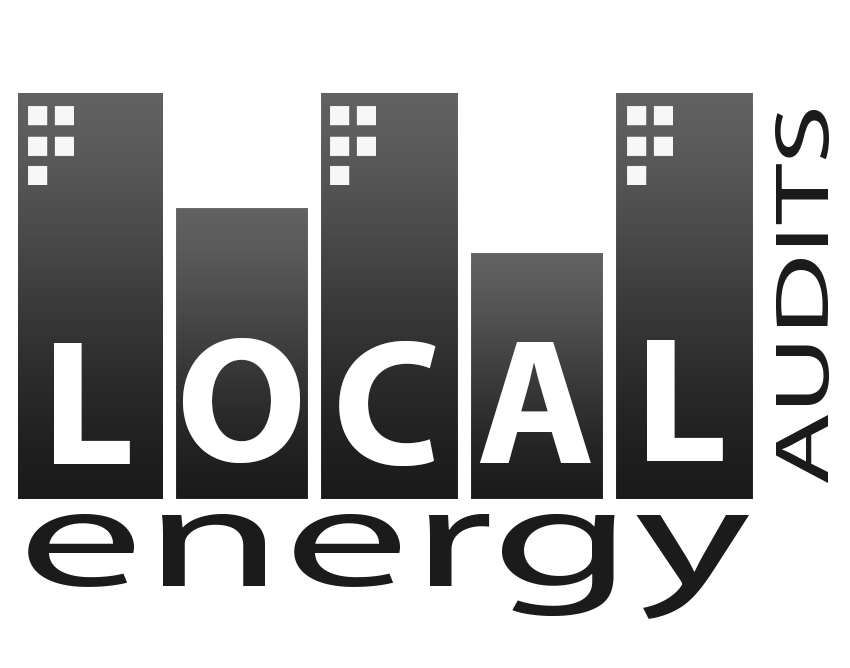Blower Door Test in Strawn, TX | Certified Energy Testing
When building a new home or multi-family property in Strawn, TX, a blower door test is often necessary to comply with the 2018 International Energy Conservation Code (IECC).
Our experienced and certified energy testers conduct thorough blower door and duct leakage testing to ensure your project meets all Texas energy code regulations. We are experts in diagnosing air leakage problems that negatively impact energy conservation, indoor air quality, and HVAC-related expenses. Our team offers builders, contractors, and homeowners fast, certified, and competitively priced blower door testing in Strawn, TX, and neighboring locations.

What Is a Blower Door Test?
- Energy efficiency – Unsealed homes lead to excessive energy loss, raising electricity costs.
- Indoor air quality – Uncontrolled airflow can carry allergens and pollutants into indoor spaces.
- HVAC performance – Air leakage forces HVAC systems to work harder.
- Comfort levels – Uncontrolled air leaks create drafts and temperature variations indoors.
How Does a Blower Door Test Work?
A specialized fan is placed in an exterior door during a blower door test to generate a pressure imbalance between a home’s interior and exterior. The amount of air entering through leaks, cracks, and unsealed gaps is measured using a pressure gauge. Homes with excessive air leaks may require insulation enhancements and proper air sealing.

Do You Need a Blower Door Test in Strawn, TX?
In compliance with the 2018 IECC, all newly constructed residential buildings in Strawn, TX must undergo a blower door test to meet energy efficiency requirements.
You may also need a blower door test if:
✔ You’re in the process of building a home and must pass an energy compliance test.
✔ Your energy bills are high and you suspect excess air leakage.
✔ You experience drafts, uneven heating, or poor indoor air quality.
✔ You are applying for an energy efficiency rebate or certification.
If your home or project needs a blower door test, our specialists offer fast scheduling, same-day results, and energy code compliance certification.

Texas Energy Code Requirements for Blower Door Testing
Under the 2018 IECC, homes built in Texas must adhere to these air tightness standards.
- 3-5 (Air Changes Per Hour at 50 Pascals) depending on location.
- Homes exceeding this air leakage limit may require additional air sealing measures.
Additionally, when HVAC components such as ductwork or an air handler are positioned outside the conditioned space, a duct leakage test must be conducted.
Our Blower Door Testing Process
Our certified technicians in Strawn, TX, perform blower door tests by following a systematic process to meet compliance standards:
Step 1: Preparation
- All windows and doors are securely closed.
- HVAC systems and exhaust fans are turned off.
- A blower door fan is installed in the main entryway.
Step 2: Conducting the Test
- The blower door fan artificially lowers air pressure in the home to simulate everyday leakage patterns.
- State-of-the-art digital meters measure infiltration rates and locate areas of leakage.
Step 3: Test Report & Certification
- A comprehensive blower door test report is issued to ensure compliance with energy codes.
- If needed, we assist in resolving air leaks so your home can pass the inspection.
We guarantee a rapid, expert, and smooth process to help you meet project deadlines.

Why Choose Us for Blower Door Testing in Strawn, TX
By selecting our professionals for blower door testing in Strawn, TX, you enjoy:
✔ Certified Energy Experts – Fully licensed and trained professionals.
✔ Fast Scheduling – We work around your project timeline.
✔ Same-Day Results – Receive a certified test report immediately.
✔ Affordable Rates – Competitive pricing with no hidden fees.
✔ Duct Leakage Testing Available – One-stop compliance for all Texas energy codes.

Schedule Your Blower Door Test in Strawn, TX Today!
Want a blower door test in Strawn, TX? We handle everything to make it simple for you. Contact us today o schedule your test and make sure your project meets Texas energy regulations.



